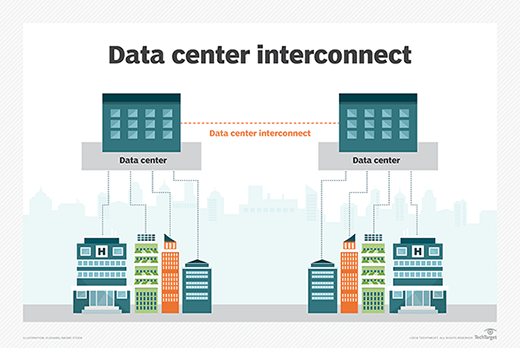Consider these 5 factors of DCI technology

As far as DCI (Distributed Component Infrastructure) technology is concerned, here are some factors:
1. Modular Architecture:
DCI technology allows for the creation of modular architectures, where each component is encapsulated and can be tested and developed separately.
2. Dynamic Binding:
DCI technology supports dynamic binding, which means that components can be added, removed, or replaced at runtime without interrupting the entire system.
3. Role-Based Design:
DCI technology uses role-based design to define the roles that objects can play in a system. This allows for greater flexibility and reusability of code.
4. Message-Passing:
DCI technology uses message-passing as a means of communication between components. This can be more efficient than traditional method calling and enables higher scalability and fault tolerance.
5. Distribution and Concurrency:
DCI technology is designed to work in distributed and concurrent environments, making it ideal for modern web and mobile applications that require high performance and scalability.





